
The Enchanting Charm of Città Bassa: Bergamo's Modern Marvel
Explore Città Bassa in Bergamo, Italy: A harmonious blend of historical charm, modern vibrancy, and cultural richness in the heart of Lombardy.
Città Bassa, the lower part of Bergamo, is a delightful blend of historical elegance and modern vibrancy. Unlike its medieval counterpart, Città Alta, Città Bassa boasts wide boulevards, grandiose architecture, and bustling streets, making it a perfect spot for those who appreciate a mix of the old and the new. As you stroll through the neighborhood, you will be greeted by an array of chic boutiques, cozy cafes, and sophisticated restaurants, each offering a unique taste of Italian culture. One of the main attractions in Città Bassa is the stunning Accademia Carrara, one of Italy's most important art galleries, housing masterpieces from renowned artists like Botticelli, Raphael, and Canaletto. Just a stone's throw away, the modern GAMeC hosts contemporary art exhibitions, providing a perfect contrast to the classical works found nearby. Città Bassa is also home to the picturesque Sentierone, a pedestrian boulevard lined with trees and charming benches, inviting you to take a leisurely walk or enjoy a gelato from one of the local vendors. As evening falls, Piazza Matteotti comes alive with vibrant nightlife, where both locals and tourists gather to enjoy live music, delicious aperitifs, and the warm Italian atmosphere. Whether you're an art enthusiast, a foodie, or simply someone who loves to soak in the local culture, Città Bassa has something special to offer every visitor.
Local tips in Città Bassa
- Visit Accademia Carrara early in the morning to avoid crowds and enjoy the art in peace.
- Take a leisurely stroll along Sentierone in the late afternoon for a relaxing experience.
- Try the local aperitivo culture by visiting Piazza Matteotti in the evening.
- Wear comfortable shoes as the best way to explore Città Bassa is on foot.
- Don't miss the local markets on weekends for unique souvenirs and fresh produce.
The Enchanting Charm of Città Bassa: Bergamo's Modern Marvel
Città Bassa, the lower part of Bergamo, is a delightful blend of historical elegance and modern vibrancy. Unlike its medieval counterpart, Città Alta, Città Bassa boasts wide boulevards, grandiose architecture, and bustling streets, making it a perfect spot for those who appreciate a mix of the old and the new. As you stroll through the neighborhood, you will be greeted by an array of chic boutiques, cozy cafes, and sophisticated restaurants, each offering a unique taste of Italian culture. One of the main attractions in Città Bassa is the stunning Accademia Carrara, one of Italy's most important art galleries, housing masterpieces from renowned artists like Botticelli, Raphael, and Canaletto. Just a stone's throw away, the modern GAMeC hosts contemporary art exhibitions, providing a perfect contrast to the classical works found nearby. Città Bassa is also home to the picturesque Sentierone, a pedestrian boulevard lined with trees and charming benches, inviting you to take a leisurely walk or enjoy a gelato from one of the local vendors. As evening falls, Piazza Matteotti comes alive with vibrant nightlife, where both locals and tourists gather to enjoy live music, delicious aperitifs, and the warm Italian atmosphere. Whether you're an art enthusiast, a foodie, or simply someone who loves to soak in the local culture, Città Bassa has something special to offer every visitor.
Iconic landmarks you can’t miss
Porta San Giacomo
Explore Porta San Giacomo, a historical landmark in Bergamo offering stunning views and a glimpse into Italy's rich architectural heritage.
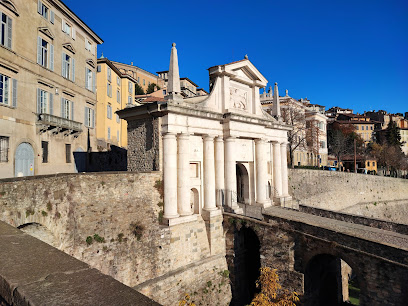
Piazza Vecchia Bergamo Alta
Discover the enchanting Piazza Vecchia in Bergamo Alta, a historical landmark filled with stunning architecture, vibrant cafés, and rich cultural heritage.
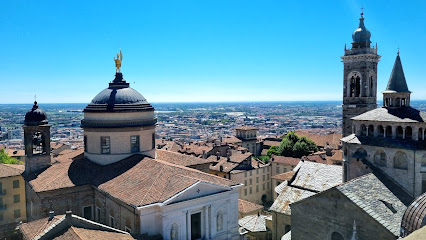
Basilica di Santa Maria Maggiore
Discover the breathtaking Basilica di Santa Maria Maggiore in Bergamo, a stunning blend of history, art, and spirituality in the heart of Italy.
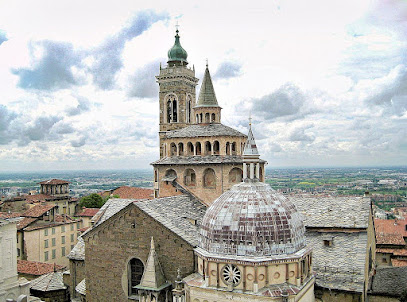
Funicolare Città Alta
Experience breathtaking views and rich history aboard the Funicolare Città Alta, the picturesque cable car in Bergamo's charming upper town.
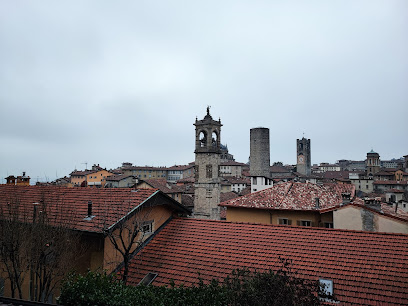
Mura Veneziane-Patrimonio UNESCO
Explore the Mura Veneziane, a UNESCO World Heritage site in Bergamo, showcasing stunning architecture and breathtaking views of the city.

Palazzo e Giardini Moroni
Explore the artistic treasures and serene gardens of Palazzo e Giardini Moroni in Bergamo, a perfect blend of culture and nature.
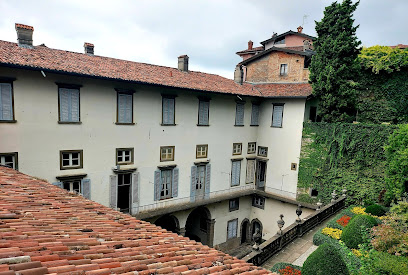
Rocca di Bergamo
Explore the historic Rocca di Bergamo, a fortress museum with captivating exhibits and breathtaking views of the enchanting city below.

Campanone
Discover the iconic Campanone in Bergamo, a historical bell tower offering breathtaking views and a deep dive into the city's rich heritage.
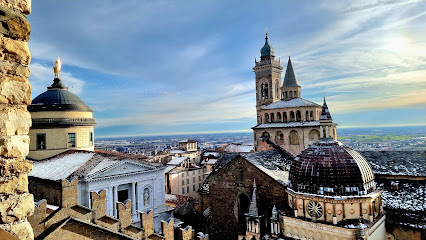
Monument To Partisan
Discover the Monument to the Partisan in Bergamo, a powerful historical landmark honoring bravery and sacrifice during World War II.
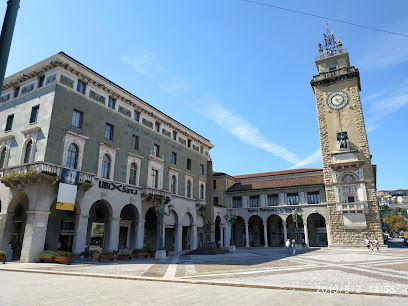
San Giovanni Casemate
Explore San Giovanni Casemate, a historic fortress in Bergamo's Città Alta, offering stunning views and a rich tapestry of history and culture.
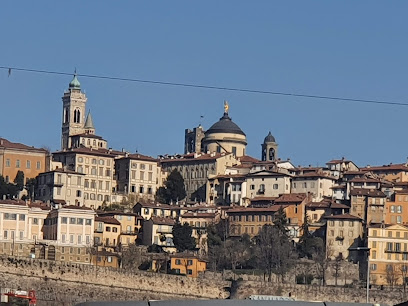
Piazza Mercato delle Scarpe
Explore the historical allure of Piazza Mercato delle Scarpe, a vibrant hub in Bergamo where culture, history, and local life come together.
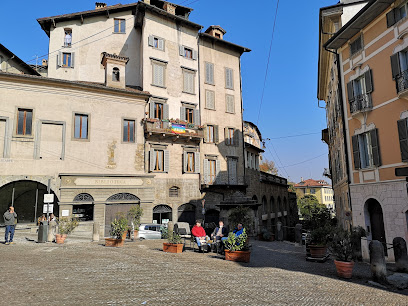
Torre Castello San Vigilio
Discover Torre Castello San Vigilio, a captivating castle in Bergamo offering stunning views, rich history, and a serene atmosphere perfect for exploration.
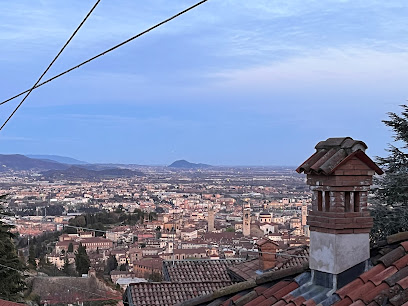
Cinta Muraria di Bergamo
Discover the magnificent Cinta Muraria di Bergamo, a historical landmark offering breathtaking views and a journey through the rich heritage of Bergamo.
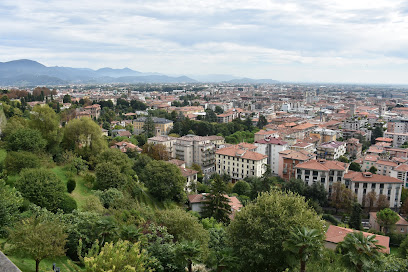
Fontana Contarini
Discover the charm of Fontana Contarini in Piazza Vecchia, a historic fountain and vibrant gathering place in the heart of Bergamo Alta.
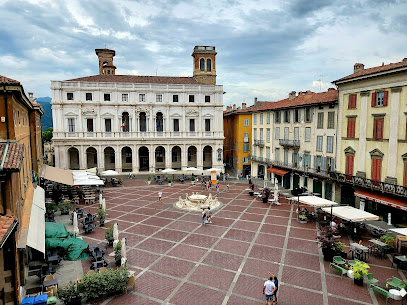
Torre dei caduti
Explore the rich history and breathtaking views from Torre dei Caduti, a must-visit landmark in Bergamo, Italy.
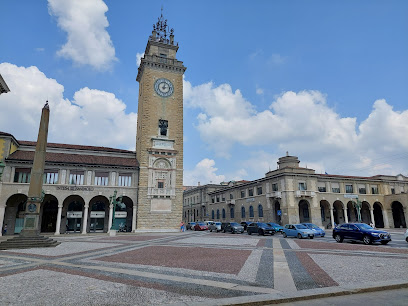
Unmissable attractions to see
Porta San Giacomo
Explore Porta San Giacomo, a stunning historical monument in Bergamo, Italy, offering breathtaking views and a rich cultural experience.
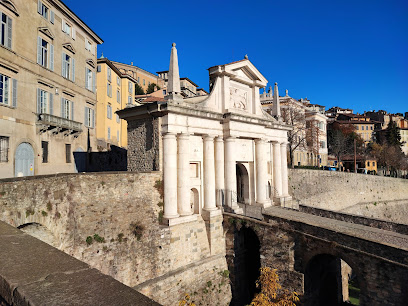
Piazza Vecchia Bergamo Alta
Explore the enchanting Piazza Vecchia in Bergamo Alta, a historical square filled with stunning architecture, vibrant culture, and delightful cafes.
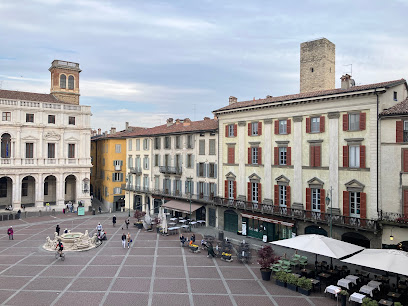
Basilica di Santa Maria Maggiore
Discover the architectural marvel of Basilica di Santa Maria Maggiore in Bergamo, a historic Catholic church adorned with exquisite art and rich cultural heritage.
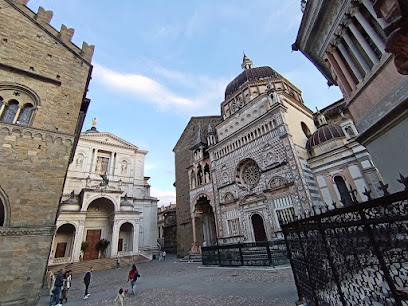
Civic Museum of Natural Sciences in Bergamo
Explore the Civic Museum of Natural Sciences in Bergamo, a captivating destination showcasing the wonders of nature and biodiversity through engaging exhibits.
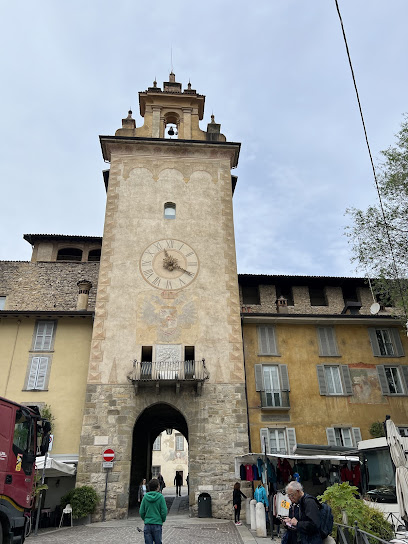
Campanone
Discover the timeless charm and breathtaking views of Campanone, Bergamo’s iconic bell tower, a must-visit historical landmark.
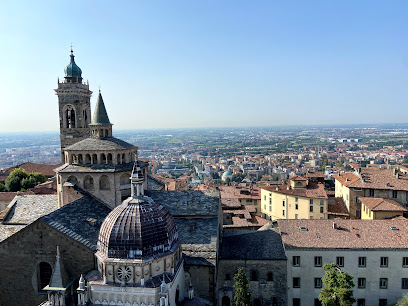
Colleoni Chapel
Explore the breathtaking Colleoni Chapel in Bergamo, a stunning blend of Gothic and Renaissance architecture, rich in history and artistic beauty.
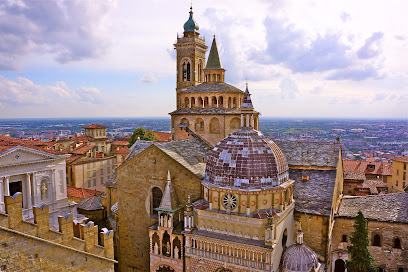
Parco Marenzi
Experience tranquility and natural beauty at Parco Marenzi, a stunning park in Bergamo perfect for relaxation and exploration.
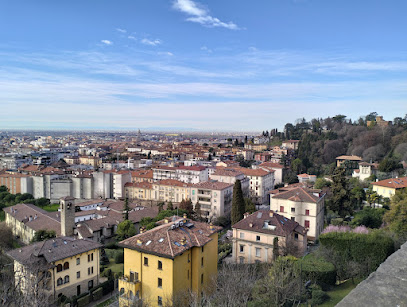
Cinta Muraria di Bergamo
Explore the stunning Cinta Muraria di Bergamo, a UNESCO World Heritage site, and enjoy breathtaking views and rich history in the heart of Italy.
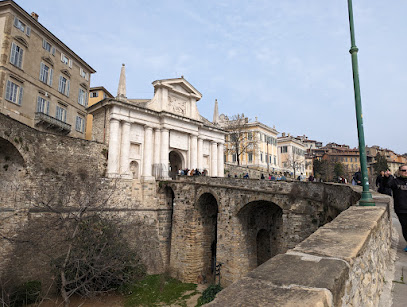
Torre dei caduti
Discover the Torre dei Caduti in Bergamo: a historic monument honoring fallen heroes, offering breathtaking views and rich local heritage.
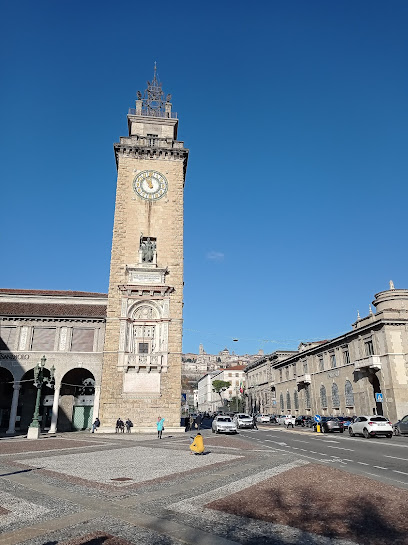
Essential places to dine
Mimì • La Casa dei Sapori
Experience authentic Italian flavors at Mimì • La Casa dei Sapori in Bergamo – where tradition meets taste.

Taverna Valtellinese
Experience authentic Italian cuisine at Taverna Valtellinese in Bergamo - a culinary haven celebrating Northern Italy's rich flavors.
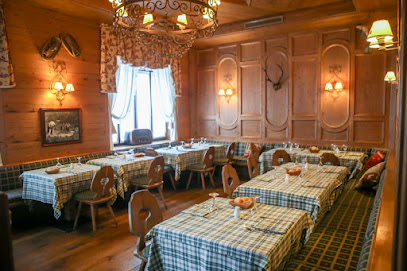
Ristorante Pasta & Basta
Experience authentic Italian cuisine at Ristorante Pasta & Basta in Bergamo, where fresh pasta and seafood create unforgettable flavors.
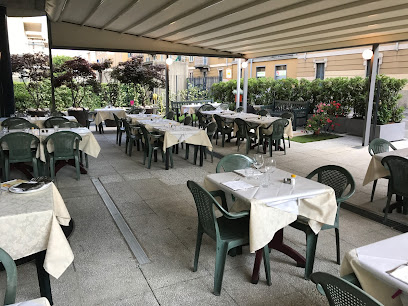
La Ciotola Restaurant
Experience authentic Italian cuisine at La Ciotola Restaurant in Bergamo—where tradition meets flavor in every dish.
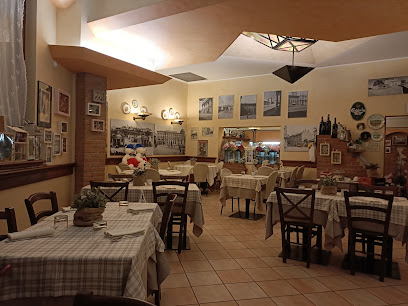
Le Goût Ristorante
Experience the finest fusion of Italian and Mediterranean cuisine at Le Goût Ristorante in the heart of Bergamo.
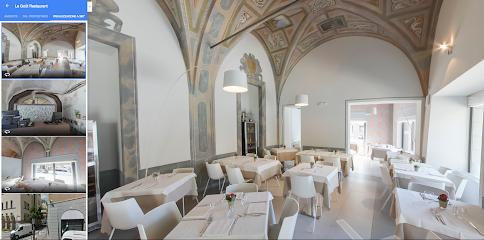
Vox Restaurant and Lounge Bar
Experience authentic Italian flavors at Vox Restaurant and Lounge Bar in Bergamo – where tradition meets innovation.
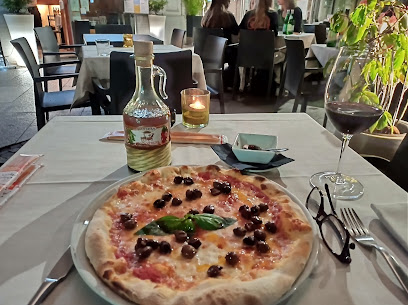
Taverna del Gallo da Salvatore
Experience authentic Italian flavors at Taverna del Gallo da Salvatore in Bergamo – where culinary tradition meets warm hospitality.
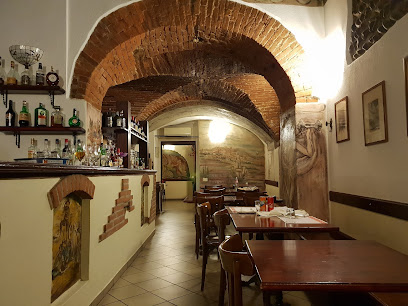
Sapore Puro
Discover Sapore Puro in Bergamo for an authentic Italian dining experience featuring fresh Mediterranean flavors and a cozy atmosphere.
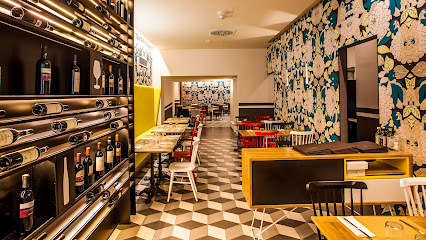
La Nina
Discover authentic Italian cuisine at La Nina in Bergamo—where tradition meets modernity in every delicious bite.
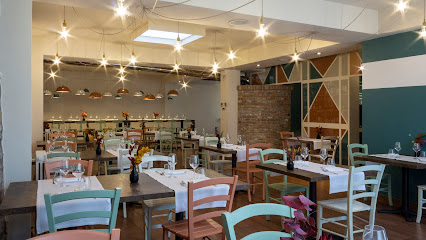
La Delizia
Experience authentic Italian flavors at La Delizia, where every dish tells a story of tradition and passion in the heart of Bergamo.
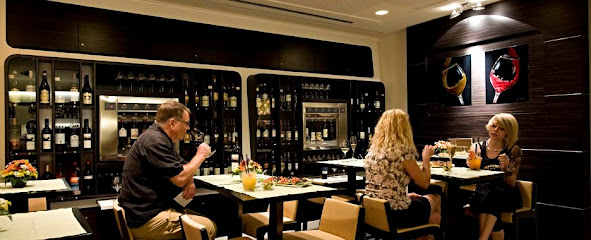
Markets, malls and hidden boutiques
COIN
Discover the essence of Italian fashion at COIN in Bergamo, where stylish clothing and beauty products await every discerning shopper.
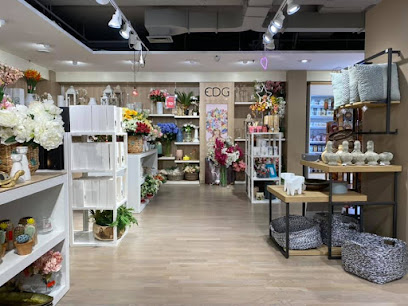
Barazzoni Outlet Bergamo
Explore Barazzoni Outlet Bergamo for exquisite Italian home goods and cookware at unbeatable prices in a charming shopping environment.
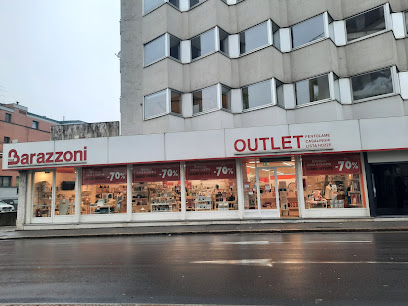
Tiziana Fausti
Discover luxury fashion and unique styles in the heart of Bergamo at Tiziana Fausti, where elegance meets local charm.
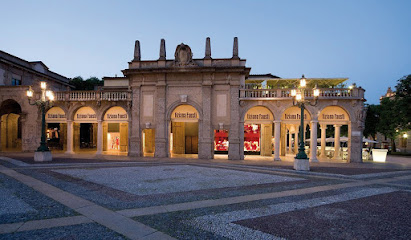
Biffi Boutique Bergamo
Explore the luxury of Italian fashion at Biffi Boutique in Bergamo, where style meets sophistication in an unforgettable shopping experience.
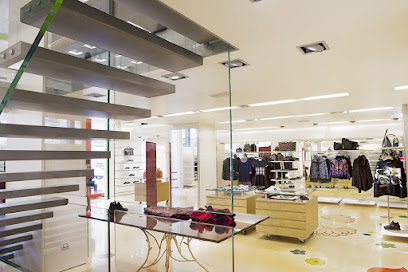
Artificio
Discover the essence of contemporary Italian fashion at Artificio, a unique clothing store in the heart of Bergamo, where style meets quality.
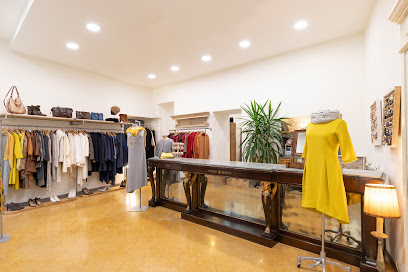
LI-MON Concept Store
Explore LI-MON Concept Store in Bergamo for a contemporary shopping experience that reflects the unique flair of Italian fashion.
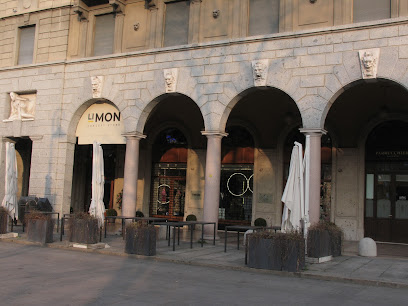
Berne' Boutique
Experience the elegance of fashion at Berne' Boutique in Bergamo, where unique style meets local craftsmanship in a charming atmosphere.
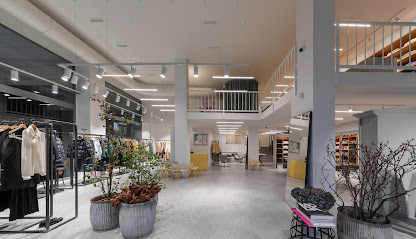
A.&G.Boutique
Discover A&G Boutique in Bergamo, a women's clothing store offering unique fashion pieces that reflect Italian elegance and craftsmanship.
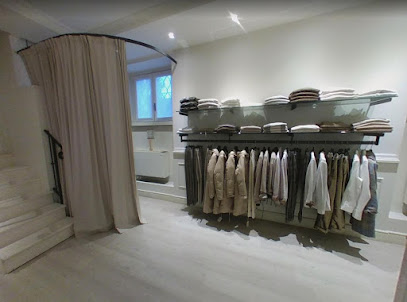
Atypique
Discover Atypique in Bergamo, where unique fashion meets Italian craftsmanship, perfect for tourists seeking local style.
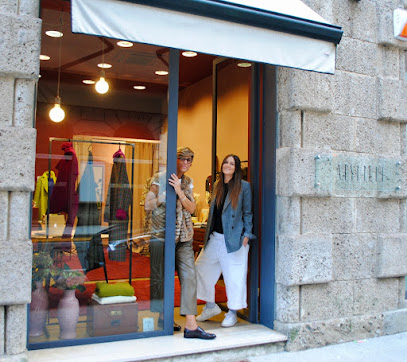
Dolce & Gabbana
Explore Dolce & Gabbana in Bergamo for luxurious women's fashion, children's clothing, and exquisite accessories, embodying the essence of Italian elegance.
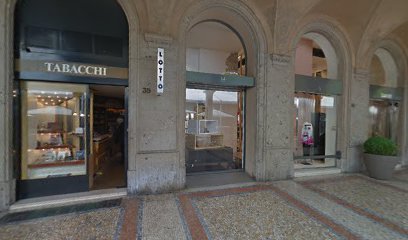
Essential bars & hidden hideouts
The Ritual Pub
Experience the vibrant spirit of Ireland in the heart of Bergamo at The Ritual Pub, where great food, drinks, and entertainment await.
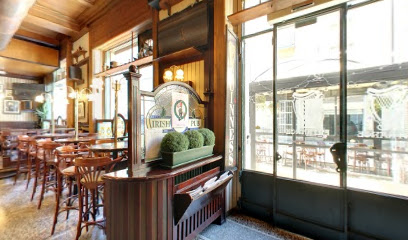
Pub Sant'Orsola
Discover the lively spirit of Bergamo at Pub Sant'Orsola, where great drinks, delicious food, and a friendly atmosphere await.
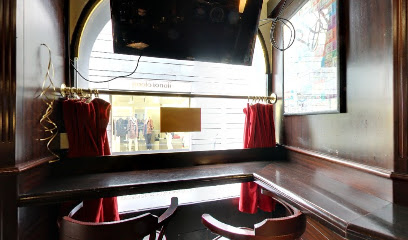
The Tucans Pub
Discover the vibrant atmosphere and delicious offerings at The Tucans Pub, an Irish gem in the heart of Bergamo, Italy.
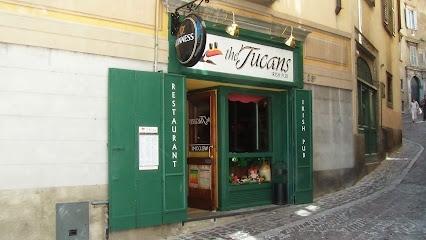
Vox Restaurant and Lounge Bar
Savor authentic Italian cuisine at Vox Restaurant and Lounge Bar in Bergamo, featuring exquisite seafood, gourmet pizzas, and a vibrant atmosphere.
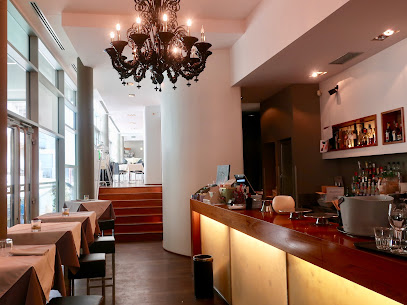
Pozzo Bianco - Bergamo - Città Alta
Experience the vibrant flavors of Bergamo at Pozzo Bianco, a charming pub offering gourmet burgers and a selection of local craft beers.
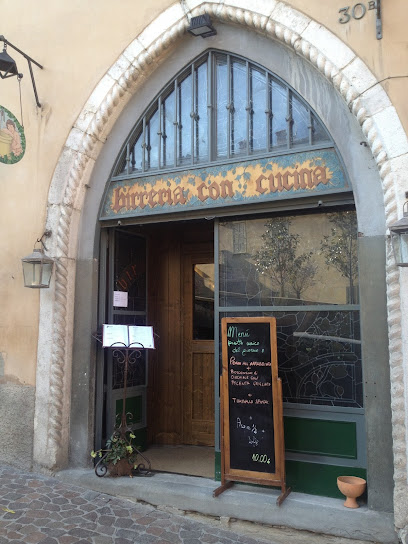
Barrier
Discover the perfect blend of cocktails and cuisine at Barrier, a vibrant cocktail bar and restaurant in the heart of Bergamo.
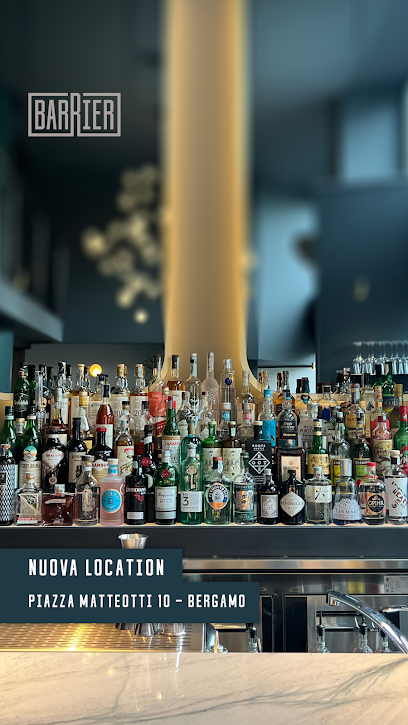
Posto Al Sole Bar
Experience the authentic Italian bar culture at Posto Al Sole Bar in Bergamo, where delightful drinks meet stunning views.
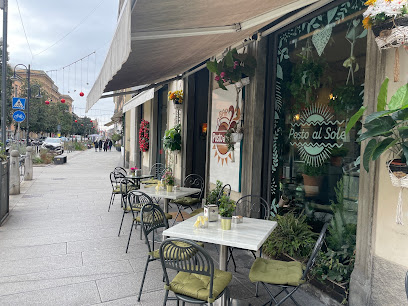
Bar Escondido
Discover the charm of Bar Escondido in Bergamo, an inviting bar serving delightful beverages in a cozy atmosphere for an unforgettable experience.
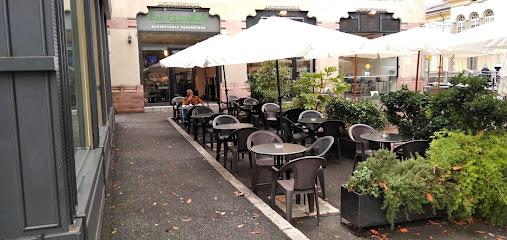
American Bar
Experience the vibrant atmosphere and delicious offerings at American Bar, a must-visit spot in the heart of Bergamo.
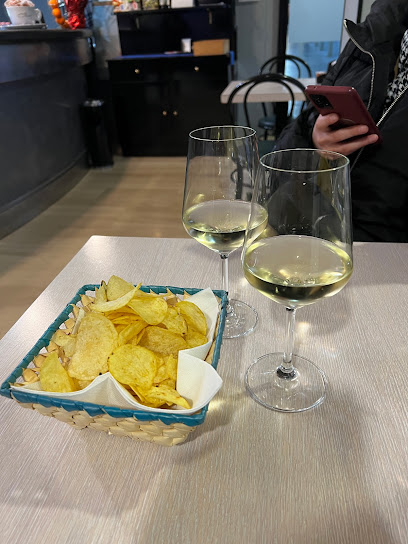
Snack Bar Pub 2001 Birreria
Discover the lively ambiance and delicious local snacks at Snack Bar Pub 2001 Birreria, a must-visit spot in Bergamo for tourists.
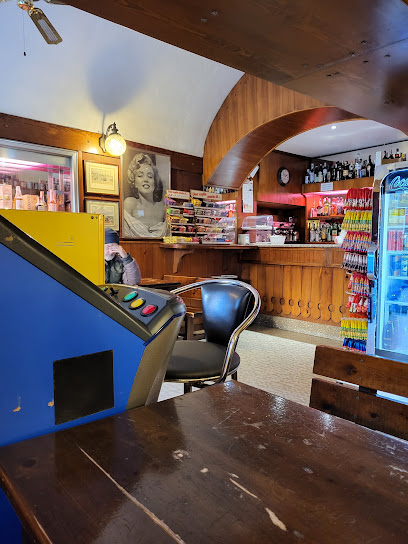
Local Phrases
-
- HelloCiao
[chow] - GoodbyeArrivederci
[ahr-ree-veh-dehr-chee] - YesSì
[see] - NoNo
[noh] - Please/You're welcomePer favore/Prego
[pehr fah-voh-reh/preh-goh] - Thank youGrazie
[grah-tsyeh] - Excuse me/SorryMi scusi/Scusa
[mee skoo-zee/skoo-sah] - How are you?Come stai?
[koh-meh stah-ee] - Fine. And you?Bene. E tu?
[beh-neh. eh too] - Do you speak English?Parli inglese?
[pahr-lee een-gleh-zeh] - I don't understandNon capisco
[nohn kah-pee-skoh]
- HelloCiao
-
- I'd like to see the menu, pleaseVorrei vedere il menu, per favore
[vohr-reh-ee veh-deh-reh eel men-oo, pehr fah-voh-reh] - I don't eat meatNon mangio carne
[nohn mahn-joh kahr-neh] - Cheers!Salute!
[sah-loo-teh] - I would like to pay, pleaseVorrei pagare, per favore
[vohr-reh-ee pah-gah-reh, pehr fah-voh-reh]
- I'd like to see the menu, pleaseVorrei vedere il menu, per favore
-
- Help!Aiuto!
[ah-yoo-toh] - Go away!Vai via!
[vah-ee vee-ah] - Call the Police!Chiama la polizia!
[kyah-mah lah poh-lee-tsyah] - Call a doctor!Chiama un dottore!
[kyah-mah oon doh-toh-reh] - I'm lostMi sono perso
[mee soh-noh pehr-soh] - I'm illSto male
[stoh mah-leh]
- Help!Aiuto!
-
- I'd like to buy...Vorrei comprare...
[vohr-reh-ee kohm-prah-reh] - I'm just lookingSto solo guardando
[stoh soh-loh gwahr-dahn-doh] - How much is it?Quanto costa?
[kwan-toh koh-stah] - That's too expensiveÈ troppo caro
[eh troh-poh kah-roh] - Can you lower the price?Puoi abbassare il prezzo?
[pwah-ee ahb-bahs-sah-reh eel preh-tsoh]
- I'd like to buy...Vorrei comprare...
-
- What time is it?Che ora è?
[keh oh-rah eh] - It's one o'clockÈ l'una
[eh loo-nah] - Half past (10)Sono le dieci e mezza
[soh-noh leh dyeh-chee eh meh-tzah] - MorningMattina
[maht-tee-nah] - AfternoonPomeriggio
[poh-meh-ree-joh] - EveningSera
[seh-rah] - YesterdayIeri
[yeh-ree] - TodayOggi
[oh-jee] - TomorrowDomani
[doh-mah-nee] - 1Uno
[oo-noh] - 2Due
[dweh] - 3Tre
[treh] - 4Quattro
[kwah-troh] - 5Cinque
[cheen-kweh] - 6Sei
[seh-ee] - 7Sette
[seh-tteh] - 8Otto
[oh-ttoh] - 9Nove
[noh-veh] - 10Dieci
[dyeh-chee]
- What time is it?Che ora è?
-
- Where's a/the...?Dov'è un/il...?
[doh-veh oon/eel] - What's the address?Qual è l'indirizzo?
[kwal eh leen-dee-reet-soh] - Can you show me (on the map)?Puoi mostrarmi (sulla mappa)?
[pwah-ee mohs-trahr-mee (sool-lah mahp-pah)] - When's the next (bus)?Quando passa il prossimo (autobus)?
[kwan-doh pahs-sah eel prohs-shee-moh (ow-toh-boos)] - A ticket (to ....)Un biglietto (per ....)
[oon beel-lyet-toh (pehr)]
- Where's a/the...?Dov'è un/il...?
History of Città Bassa
-
Città Bassa, or the Lower City, began to develop in the 14th century as a response to the growing population and economic activity outside the fortified walls of Città Alta (the Upper City). This expansion was fueled by trade and the flourishing textile industry, which attracted merchants and craftsmen to settle in the area.
-
During the Renaissance, Città Bassa became a hub of artistic and cultural activity. The construction of significant buildings, such as the Palazzo della Libertà and the Church of San Bartolomeo, reflected the architectural advancements of the time. This period also saw the influence of notable figures like the painter Giovan Battista Moroni, who contributed to the rich artistic heritage of the city.
-
The late 19th and early 20th centuries brought industrialization to Città Bassa, transforming it into an urban center. Factories and workshops sprang up, particularly in the textile and food processing industries. This period saw an influx of workers, leading to significant demographic changes and the development of new residential neighborhoods.
-
Città Bassa experienced the effects of World War II, with significant damage inflicted during air raids. The post-war reconstruction efforts led to modernization in infrastructure and urban planning, reshaping the neighborhood's landscape and social dynamics.
-
In recent decades, Città Bassa has undergone a cultural revival, with an emphasis on preserving its historical heritage while embracing modernity. The development of cultural events, such as the Bergamo Jazz Festival and the promotion of local cuisine, has re-established Città Bassa as a vibrant part of Bergamo, attracting both locals and tourists.
Città Bassa Essentials
-
Città Bassa is easily accessible from other neighborhoods in Bergamo. From Città Alta, the historic upper town, take the funicular railway down to Città Bassa. Alternatively, you can walk down the scenic path that connects the two areas. If arriving from Bergamo Orio al Serio Airport, take a bus (ATB line 1) to the city center, which takes approximately 30 minutes. Trains from Milan (Stazione Centrale) stop at Bergamo's train station, which is located in Città Bassa.
-
Città Bassa can be explored on foot, as many attractions, shops, and restaurants are within walking distance. Public transport options include buses and trams operated by ATB, which offer convenient access to various parts of the city. Bicycles can be rented from local shops or bike-sharing services, providing a pleasant way to navigate the flat terrain. Taxis are also available for more direct travel.
-
Città Bassa is generally safe for tourists; however, standard precautions should be taken. Avoid poorly lit areas at night and be vigilant in crowded places to prevent pickpocketing. While there are no specific neighborhoods with high crime rates targeting tourists, areas near the main train station may require extra caution, especially at night.
-
In case of emergency, dial 112 for police, fire, or medical assistance. The local hospital, Ospedale Papa Giovanni XXIII, is equipped to handle medical emergencies. It is advisable to have travel insurance that covers medical and other emergencies. Pharmacies are abundant in Città Bassa for any minor health issues.
-
Fashion: Do dress comfortably but tastefully, especially when visiting religious sites. Avoid wearing overly casual attire. Religion: Do respect local customs, especially in churches; cover shoulders and knees. Public Transport: Do be courteous; give up your seat to the elderly. Don't eat or drink on public transport. Greetings: Do greet people with a friendly 'Buongiorno' (Good morning) or 'Buonasera' (Good evening). Eating & Drinking: Do indulge in local cuisine and try traditional dishes at local restaurants. Don't refuse food or drink offered by locals, as it may be seen as impolite.
-
To experience Città Bassa like a local, visit the bustling markets, such as Mercato di Piazza Matteotti, for fresh produce and local specialties. Explore the lesser-known cafes and bars in the area for an authentic taste of Bergamo. Engage in conversations with local shopkeepers; they often have rich stories about the neighborhood's history. Try to attend local events or festivals, which can provide deeper insights into the culture.
Trending Landmarks in Città Bassa
-
Porta San Giacomo
-
Piazza Vecchia Bergamo Alta
-
Basilica di Santa Maria Maggiore
-
Funicolare Città Alta
-
Mura Veneziane-Patrimonio UNESCO
-
Palazzo e Giardini Moroni
-
Rocca di Bergamo
-
Campanone
-
Monument To Partisan
-
San Giovanni Casemate
-
Piazza Mercato delle Scarpe
-
Torre Castello San Vigilio
-
Cinta Muraria di Bergamo
-
Fontana Contarini
-
Torre dei caduti
Nearby Cities to Città Bassa
-
Things To Do in Milan
-
Things To Do in Lugano
-
Things To Do in Locarno
-
Things To Do in Ascona
-
Things To Do in St. Moritz
-
Things To Do in Verona
-
Things To Do in Parma
-
Things To Do in Arosa
-
Things To Do in Davos
-
Things To Do in Modena
-
Things To Do in Balzers
-
Things To Do in Zermatt
-
Things To Do in Genoa
-
Things To Do in Triesenberg
-
Things To Do in Vaduz










